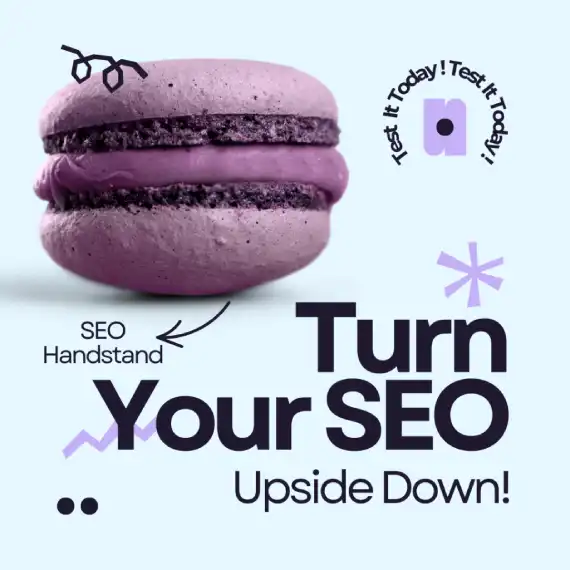Last Updated on July 2, 2025

Traditional SEO (Search Engine Optimization) is quickly evolving. Social media, shopping and gaming platforms, and AI assistants are all disrupting Google and Bing’s traditional search models.
Today’s SEO means optimizing content for discovery everywhere people search – from AI chatbots to social media, gaming platforms, and even offline spaces.
SEO is quickly becoming SXO!
Robert Cairns – Stunning Digital Marketing This podcast episode features me discussing Search Experience Optimization (SXO), a new approach to SEO that prioritizes user experience across multiple platforms, not just Google. SXO emphasizes brand building and creating memorable user moments to improve discoverability.
I contrast traditional SEO’s focus on keywords and rankings with SXO’s holistic approach, advocating for authenticity and content discoverability where the target audience is active, including social media and AI platforms. The discussion also differentiates SXO strategies for B2B versus B2C businesses.
Let’s talk about Experience
Brand Experience → Memorable User Moments → Increased Discoverability
This simple equation captures a complex truth about modern digital presence.
This formula works because:
- Strong branding creates distinct experiences
- Memorable experiences generate organic mentions/shares
- More mentions lead to better discovery across platforms
- Better discovery reinforces brand recognition
- The cycle keeps strengthening itself
It’s like a virtuous circle where better experiences naturally lead to better “SEO” across all platforms, without forcing it.
The Shift in Branding Paradigms
Traditional branding, as exemplified by the Marlboro cowboy, relied heavily on creating aspirational imagery and associating products with idealized lifestyles. This approach aimed to sell a vicarious experience, often disconnected from the actual product use.
This doesn’t work so well today. Modern consumers are increasingly savvy and seek authenticity.
Experience-Driven Branding
Today’s branding is more experience-centric. Consumers value real interactions with products and services over-idealized portrayals. This shift aligns with the growing importance of user experience (UX) in SEO.
Search engines now prioritize websites that offer superior user experiences, considering factors like accessibility and content relevance. Most importantly they are (mostly) prioritising also for firsthand experience.
We have moved on. So should our SEO.
“SXO is about optimizing a brand’s presence for non-linear search journeys over multiple platforms, not just Google.” ahrefs.com
What’s changing in Search?
- Think of SEO as “Search Experience Optimization”
- Covers multiple platforms: search engines, social media, AI assistants, games
- Focuses on user experience across all touchpoints
- Includes offline discovery
Key metrics:
- Cross-platform visibility
- AI chatbot citations
- Featured snippet capture
- Social media search presence
- Engagement across platforms
- Multi-channel conversion rates
Search Experience Optimisation’s broader approach reflects how people find information today. Whether through voice search, AI chat, social media, or traditional search, content must be discoverable where your audience is looking.

Explain Search Experience Optimisation Like I’m an Online Marketer
The core takeaway for online marketers is that SEO is becoming (even) more holistic and user-centric. Success requires thinking beyond traditional search engine rankings to create comprehensive digital experiences that resonate across multiple platforms and formats. Stop being Google centric!
B2B Essential Focus:
- Expertise Visibility
- Create deep, authoritative content that demonstrates industry expertise
- Optimize for business decision-maker discovery across professional platforms
- Focus on being found where business research happens (LinkedIn, industry platforms, professional forums)
- Decision Support
- Build content that supports complex, multi-stakeholder decisions
- Create practical tools and resources that help business buyers evaluate options
- Focus on measurable business value and ROI demonstration
B2C Essential Focus:
- Discovery Everywhere
- Optimize for social and visual discovery
- Create content for shopping platforms and social commerce
- Focus on being found where consumers spend their leisure time
- Immediate Engagement
- Build quick, engaging experiences that capture attention
- Create visual and interactive content that drives emotional connection
- Focus on a seamless path to purchase from any discovery point
The fundamental difference is that B2B needs to prioritize being found during careful research phases, while B2C must focus on being discovered during casual browsing and shopping moments.